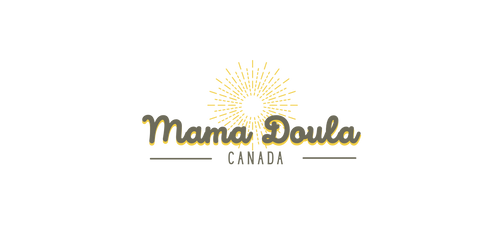Bombas de tirar leite: qual é a melhor opção para você?
Quando falamos em bombas de tirar leite, é essencial lembrar que o melhor extrator de leite é sempre o bebê. Os bebês extraem o leite da mama com mais eficiência, usando pressão positiva e negativa com o movimento da língua e vácuo. No entanto, muitas pessoas precisam do suporte de uma bomba de tirar leite para aumentar a produção ou armazenar leite para uso futuro, seja para o retorno ao trabalho, à creche ou a uma viagem, por exemplo.
Por que usar uma bomba tira-leite?
Para escolher a bomba ideal, é crucial entender o propósito de seu uso. As bombas podem ser categorizadas de várias maneiras, e cada tipo tem seus prós e contras. Vamos explorar as principais categorias de bombas de tirar leite para ajudar você a identificar a melhor opção para sua situação.
Tipos de bombas de leite materno
-
Bombas de nível hospitalar As bombas de nível hospitalar são as estrelas do show quando se trata de eficiência. Elas oferecem sucção e frequência excepcionais, quase imitando o ritmo de sucção do bebê. Isso ajuda a estimular os hormônios necessários para a produção de leite. Essas bombas são elétricas e geralmente duplas, permitindo a extração de leite de ambos os seios ao mesmo tempo. Isso não só economiza tempo, como também aumenta a quantidade de leite extraído devido à maior estimulação hormonal.
Vantagens:- Alta eficiência em sucção e frequência.
- Aumento da estimulação hormonal.
- Reduz o tempo de extração pela metade.
Desvantagens: - Grande.
- Geralmente mais caro, mas você pode alugar a bomba e comprar apenas as peças que entram em contato com o leite.
-
Bombas de uso pessoal Bombas de uso pessoal também são ótimas opções, oferecendo sucção e frequência adequadas. Podem ser elétricas e de dupla face, ajudando a aumentar o volume de leite. A potência varia, o que pode influenciar sua eficácia.
Bombas elétricas que se conectam a uma tomada:- Vantagens: Boa potência, auxiliando no aumento do volume do leite.
-
Desvantagens: Requer um local fixo para extração, necessitando de tempo dedicado ao processo.
Bombas alimentadas por bateria ou semi-elétricas: - Vantagens: Pequeno e portátil, permitindo que você tire leite em qualquer lugar.
- Desvantagens: Menor potência, geralmente insuficiente para estimulação significativa. Ideal para extrações ocasionais ou quando o volume de leite já é adequado.
-
Bombas mãos-livres (vestíveis) As bombas automáticas são uma revolução no mercado, embora, na maioria dos casos, ainda não tenham potência suficiente para aumentar significativamente o volume de leite. No entanto, a tecnologia está evoluindo rapidamente.
Vantagens:- Conveniente para usar em qualquer lugar, permitindo atividades como trabalhar, caminhar ou cuidar do seu bebê enquanto extrai o leite.
- Excelente opção para armazenar leite quando a produção já é adequada.
Desvantagens: - Potência insuficiente para aumentar significativamente o volume de leite.
-
Bombas Manuais Bombas manuais são perfeitas para uso ocasional. São fáceis de transportar, baratas e têm menos componentes.
Vantagens:- Portabilidade.
- Baixo custo.
- Adequado para famílias com boa produção de leite.
Desvantagens: - De um só lado, exige esforço manual para determinar a pressão e a frequência. Não recomendado para aumentar o volume de leite.
Conclusão
Então, qual bomba seria ideal para você? A escolha de uma bomba tira-leite depende de vários fatores, como a necessidade de aumentar a produção de leite, a frequência de uso e a praticidade. Além disso, o uso adequado, o tamanho correto da flange e o tempo de extração são aspectos importantes que podem ser aprimorados com a ajuda de uma consultora em lactação.
Independentemente da escolha, o mais importante é que o extrator de leite atenda às suas necessidades e facilite a rotina de amamentação, proporcionando conforto e eficiência.

